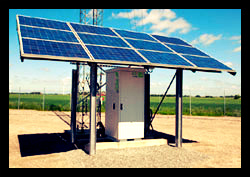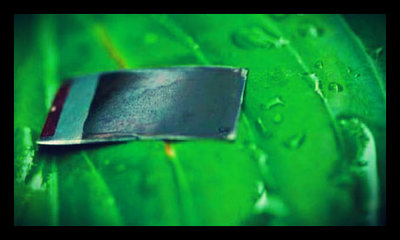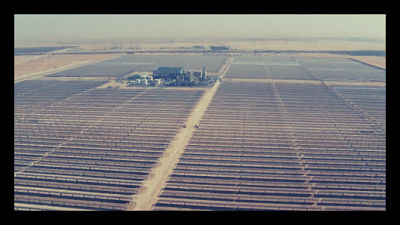
Flexenclosure received $24 million from investors such as the International Finance Corporation (IFC) to help in their efforts to reduce poverty. Based in Sweden, the company manufactures modular data centers and corresponding power infrastructure for rural communities where construction is often difficult. The data centers give telecommunication companies the ability to expand into emerging markets previously unavailable to them. The expansion provides individuals in rural areas of Asia and Africa access to communication via cell phone.
The unit Flexenclosure produces houses all the telecom data and equipment is a low cost and is energy efficient. The on-site power system that runs the unity supports wireless towers with the wind, solar, and battery power. When those sources are unavailable, the unit can also run on diesel power. The power site also provides power for mobile phones, water pumps, and schools. The software manages the power for various uses and applications.
Currently, the majority of cellular base stations in emerging markets run on diesel generators for power supply which raises costs associated with the stations. Flexenclosure’s innovation power sources will help to reduce the costs and spread mobile technology further. IFC is the private equity arm of the World Bank and is supportive of Flexenclosure’s growth strategy and production methods.
A recent report on sustainable energy further supported Flexenclosure’s product. The report, Sustainable Energy for All, monitors universal access to modern energy as well as energy efficiency and renewable energy. The report finds only modest progress is being made since the report first started in 1990. Demand continues to outpace the supply of electricity and new supplies need to be affordable, sustainable, and efficient. Flexenclosure is working to create energy that follows those three standards and reduces the information gap between the rich and the poor.
– Amanda Kloeppel
Source: Sustainable Business News



 Abu Dhabi has used its oil profits to open the largest solar power plant in the world. The United Arab Emirates is among many Middle Eastern nations, including Saudi Arabia, to focus on solar energy development. The plant cost about $750 million and will provide 20,000 residences with electricity.
Abu Dhabi has used its oil profits to open the largest solar power plant in the world. The United Arab Emirates is among many Middle Eastern nations, including Saudi Arabia, to focus on solar energy development. The plant cost about $750 million and will provide 20,000 residences with electricity.